Technology
As World Cup 2023 Nears Its Climax, Here's A Look At Innovations Transforming The Cricket Viewing And Playing Experience
Anand Parthasarathy
Nov 19, 2023, 07:46 AM | Updated 07:49 AM IST
Save & read from anywhere!
Bookmark stories for easy access on any device or the Swarajya app.
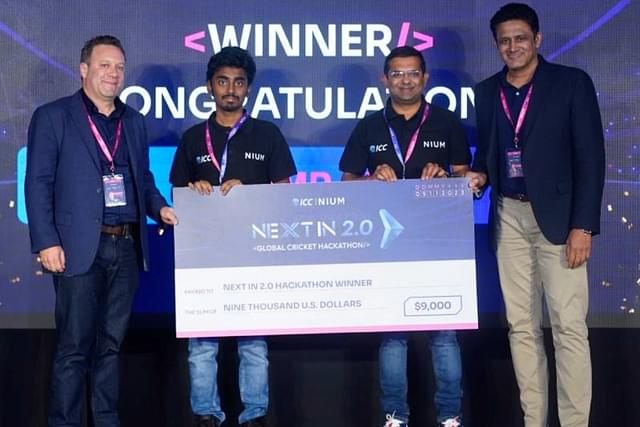
Soon after the 2023 cricket world cup got underway, the International Cricket Council (ICC) announced that it had taken on board the Bengaluru-headquartered, Indian information technology (IT) solutions provider Mphasis as its digital consulting partner to deliver an enhanced digital experience for cricket fans around the world.
"Together, we are focused on fans and their digital journey through this world cup. It’s set to be one of the most followed sporting events with a truly global audience," said Finn Bradshaw, ICC Head of Digital.
The fans, whether at the stadium or watching on their television sets at home — or, increasingly, on their mobile phones, are central to the success of every cricket competition, as technology is ploughed at enormous expense to ensure their loyalty.
This is a moving window and, halfway through the current world cup that draws to its climax on Sunday (19 November), the ICC has seemingly identified technology that might well be ploughed into the game the next time around.
The second (2023) edition of the Next In Hackathon that ICC sponsors along with Nium, the global platform for on-demand money movement, had drawn a record 22,000 entries from 119 countries, all vying to develop the winning idea across three key areas: fan experience, grassroots cricket, and performance analytics.
At a ceremony at Mumbai’s Wankhede Stadium just before the semi-final, the winning team — StumpEye — from India was announced.
Their entry was a wireless stump camera system with some unique features: including bringing the decision review system (DRS) technology to the lower levels of cricket, coach connect to bridge the gap between offsite coaches and players or parents in grassroots cricket, and umpire's mate to log important elements of what happens in games.
The solution also offers in-depth batting and bowling analysis.
Will the technology fuel the next men’s world cup cricket series?
That, at any rate, is the idea: continuous refinement of the technologies that eliminate decision uncertainties and provide viewers with up-close views of the action that would have been unimaginable even a decade ago.
High Tech Tools For Enhanced Viewer Experience
A few high-tech tools are already being deployed with great effect at all cricket contests — both the one-day, 50-over international games and the Twenty20-format Indian Premier League:
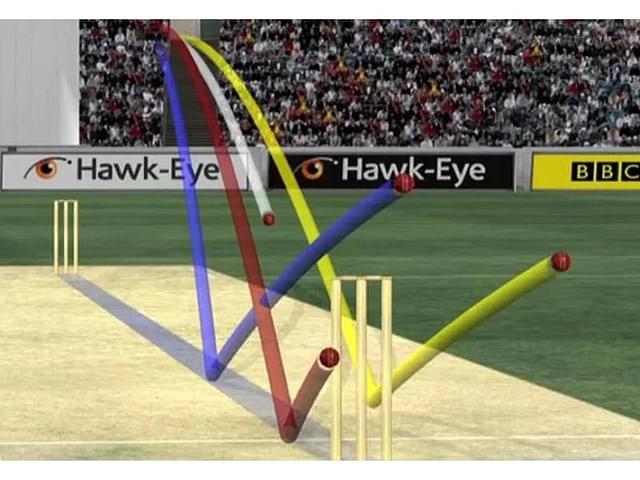
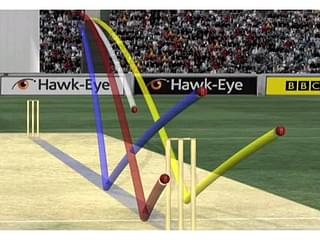
Hawk-Eye, a computer vision system, harnesses up to six high-performance cameras that track the ball from different angles.
The video from the cameras is then triangulated and combined to create a three-dimensional representation of the ball's trajectory as well as its statistically most likely path as a moving image.
Now owned by Sony, Hawk-Eye was developed in the United Kingdom (UK) by a team led by Paul Hawkins, and was first used by television (TV) companies to cover cricket over two decades ago in 2000.
It has become an invaluable aid for third umpires to make accurate decisions, especially when teams challenge an LBW (leg before the wicket) under the DRS. The system has been improved and refined over the years.
The SpiderCam system, which is a familiar fixture at every match venue, has dramatically enhanced the TV camera crew’s ability to provide a view of the entire stadium or to zoom in to the action like no other system can.
It is suspended on four cables with winches that navigate a camera dolly in three-dimensional space to provide high-definition (4K)-quality video.
It was developed around the same time as Haw-Eye by Jens C Peters, the founder of the Austrian company CC Systems.
India was the first to deploy a SpiderCam for cricket: It was used in the Indian Cricket League (ICL), the short-lived predecessor of IPL, in 2008-09 and later at the semi-finals of the 2010 IPL in Mumbai, after which it became a regular fixture.
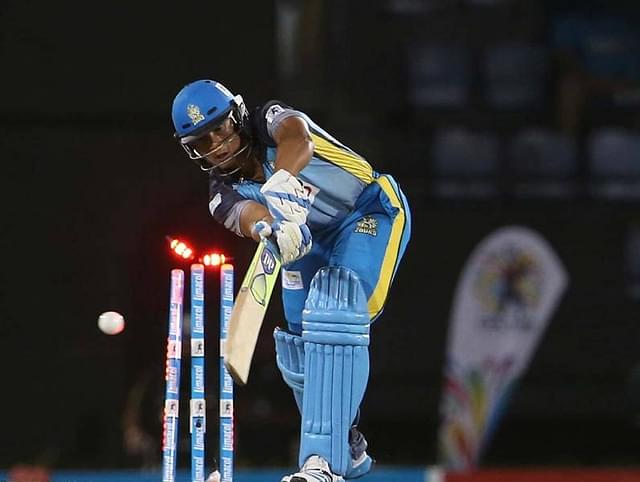
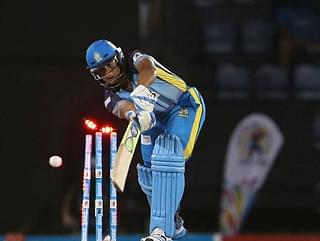
The Zing system of flashing stumps and bails was developed by an Australian company of the same name in 2012. ICC approved the Zing electronic cricket wicket that same year, and IPL brought it to India in 2016.
A microprocessor detects when both bails have become dislodged from the stump grooves, and the Zing illuminates within 1/1000th of a second. The Zing stumps can withstand a ball impact at up to 160 kilometres per hour (kph).
Player Performance Enhancements
Beyond solutions to enhance TV camera performance or to support on-ground umpire decisions, the other area where technology has been harnessed to great effect is in player performance analytics.
At least three solutions compete to help batters analyse their own games to improve their performance:
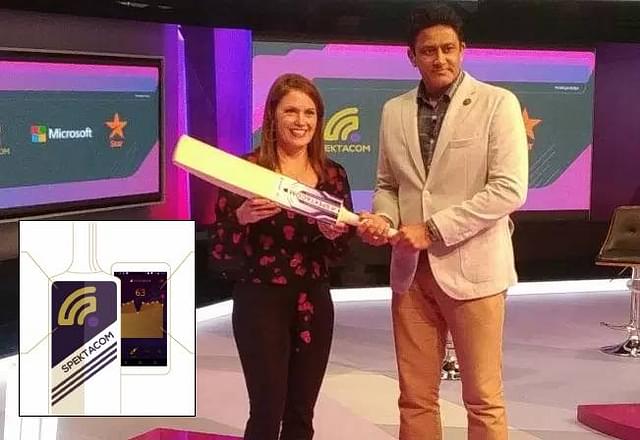
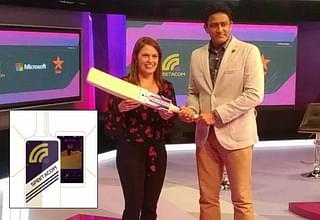
Around 2018, Anil Kumble started a sports technology company called Spektacom. Its flagship product was a lightweight credit-card-sized sensor that can be stuck to the bat to pinpoint the ball’s exact impact location.
Using a “stump box” positioned behind the wicket, it securely uploads the data on to the cloud service of Microsoft — Azure.
Artificial intelligence (AI) algorithms then crunch the data to analyse the power of the shot based on how close it was to the bat’s sweet spot, where the maximum impact and most powerful shots could be delivered, as well as the speed of the bat, the twist of the bat, and the power of the shot.
The bat is now a PowerBat. All this information can be analysed in real time across different platforms, both desktop and mobile, to give the “Spek” score of that shot.
Such data can help teams with insights that will improve player performance, as well as fan engagement, says Kumble.
Broadcasters can use these insights in real time and can rate a batter — which is why Star Sports came on board as the first entity to partner with Spektacom.
Indeed the launch of Spektacom was organised in the familiar Star studio that is used as the "dugout" during IPL matches. The Spektacom PowerBat was launched with a hit for a six by Microsoft's Executive Vice President Peggy Johnson, who played to a spinner from Kumble.
The idea of sensors embedded in the bat to analyse the batter has come from other products.
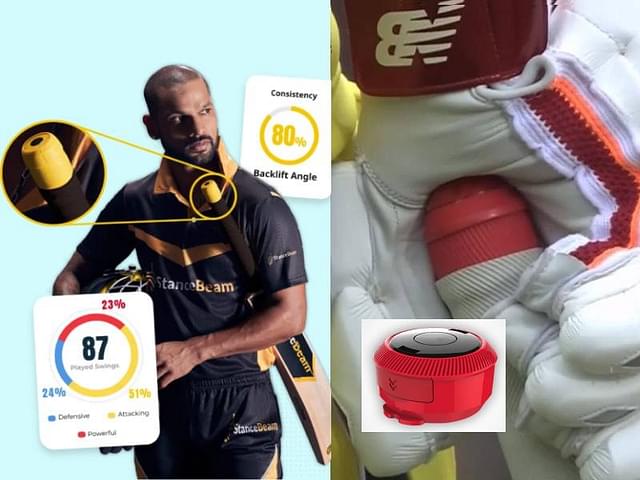
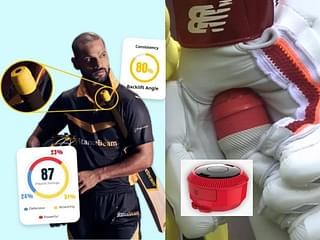
The StanceBeam cricket bat sensor comes from a Bengaluru startup of the same name, founded in 2017 by Arminder Thind and Ishwinderpal Singh.
It fits on top of any cricket bat and connects wirelessly to a mobile app. The StanceBeam Striker provides real-time feedback and insights on bat swing, bat speed, bat angles power, and shot efficiency.
The data collected by the sensor can be viewed on the StanceBeam app in real time and is stored on the cloud. It comes with replaceable bat mounts for easy installation on any cricket bat and a locking key to make sure that the striker remains locked securely inside the bat mount.
Shikhar Dhawan came on board as mentor and brand ambassador of StanceBeam.
The UK-based SmartCricket.com has launched BatSense, a motion-sensing Internet of Things (IoT) device. When fitted on to a bat and synced with the SmartCricket.com app, the sensor captures multiple performance parameters such as bat speed, back lift angle, and follow through.
It boasts features such as 3D analysis of shots and bat path tracking, and enables players to analyse and improve their batting with data-centric insights.
As players hone their individual skills and managers digest such data to create the best team for every match, technology marches on, harnessing new tools like AI and exploring new solutions like Metaverse in the never-ending quest to create yet more compelling experiences every time bat meets ball, fielders dive for that perfect catch, or bowlers send LEDs aglow as stumps fly.
May the best team (and technology) win!
Save & read from anywhere!
Bookmark stories for easy access on any device or the Swarajya app.
Anand Parthasarathy is managing director at Online India Tech Pvt Ltd and a veteran IT journalist who has written about the Indian technology landscape for more than 15 years for The Hindu.
Support Swarajya's 50 Ground Reports Project & Sponsor A Story
Every general election Swarajya does a 50 ground reports project.
Aimed only at serious readers and those who appreciate the nuances of political undercurrents, the project provides a sense of India's electoral landscape. As you know, these reports are produced after considerable investment of travel, time and effort on the ground.
This time too we've kicked off the project in style and have covered over 30 constituencies already. If you're someone who appreciates such work and have enjoyed our coverage please consider sponsoring a ground report for just Rs 2999 to Rs 19,999 - it goes a long way in helping us produce more quality reportage.
You can also back this project by becoming a subscriber for as little as Rs 999 - so do click on this links and choose a plan that suits you and back us.
Click below to contribute.





